Astronomers are excited about the worm moon set to light up the skies this month. This event will also be classed as a super moon, due to the proximity of this moon to the earth. The full moon in March is known as a worm moon due to this being when the grounds traditionally thaw at the end of winter, allowing sightings of worm trails. Stargazers in the UK should be able to see the worm moon at 7.48pm on Sunday 28th 2021 and this should last for the next couple of days. This exciting celestial event also makes the perfect time to explore some EFL space vocabulary!
What is a worm moon?
The full moon of March is traditionally called a ‘worm moon’. The reason for this is that March this is the month when the ground begins to properly thaw after the cold winter. This makes worms and worm trails visible.
There are normally 12 full moons each year, although sometimes we have an extra moon in a year, called a ‘blue moon’.
Each full moon of the year has its own name. For example, April’s full moon is the ‘pink moon’, May’s full moon is the ‘flower moon’, September’s full moon is the ‘harvest moon’ and December’s full moon is the ‘cold moon’.
What is a lunar eclipse?
A lunar eclipse occurs when the Moon passes directly behind the Earth. This can only happen when the sun, Earth, and moon are perfectly aligned with the Earth in the middle.
In 2018, a blood moon coincided with a lunar eclipse, so we could see both these events happening at the same time for even more astronomical excitement.
What is a blood moon?
The term ‘blood moon’ is used when the moon gives off a reddish hue. If this coincides with a lunar eclipse, the event is called a ‘blood moon eclipse’.
This wonderful sight transformed the sky on the evening of 27th and 28th July 2018, giving us the longest total lunar eclipse of the 21st century
Although North America did not get to view this spectacular celestial event, the blood moon and total lunar eclipse were visible from most places on earth at some point.
This was also a good time to glimpse Mars, as the red planet was travelling closer to Earth at that moment. Mars was visible as a bright red star beneath the moon.
What is a supermoon?
A supermoon is a moon that looks much bigger and brighter than normal. For those interested in astronomy, a supermoon is a special celestial event to look out for, as we normally get to see at least one every year.
A supermoon occurs when the moon is travelling close to the earth while it is a new moon or ‘full moon’. This means the new moon occurs at the same time as the moon’s closest orbit.
We saw a beautiful supermoon in the UK on 14th November 2016, which was the most spectacular since the supermoon of 1948. This 14% bigger and 30% brighter than usual.
The supermoon on December 3rd 2017 was called a ‘full cold moon’ because it is occurring in December. This next supermoon on 31st January 2018 is set to coincide with a lunar eclipse and a blue moon for an even more dramatic sight.
What is a blue moon?
A blue moon refers to the second full moon in the same month.
The English idiom ‘once in a blue moon’, meaning a very rare event, can be traced back to this astronomical term.
Low-hanging moon
After a supermoon begins, the moon also often turns into a ‘low-hanging’ moon, which is when the moon sits low on the horizon.
This creates an optical illusion which makes the moon look as though it is sitting on the rooftops or perched on the grass – just like in the top picture!
Unfortunately, cloud can obscure a supermoon. However, if you do miss a supermoon, look for it again the next day as the moon should still look much bigger and brighter than normal.
When the moon is at ‘perigee’ (its shortest distance form earth) it can appear 14% larger and 30% brighter than when at ‘apogee’ (its furthest point). At its closest point, the moon is around 226,000 miles away from earth.
What is a solar eclipse?
Another important celestial event is a solar eclipse. A solar eclipse occurs when the moon’s orbit comes between the sun and the earth which blocks the sun’s light for a while, bringing darkness to the skies.
This is a rare event in astronomy and only happens when the moon is at the exact right distance from the earth.
It is important to be very careful when viewing an eclipse as looking directly at the sun can permanently damage the eyes. It is best to view the eclipse on live TV or find special safety viewing spectacles that protect the eyes.
In August 2017, the US was treated to a spectacular solar eclipse which travelled across a 70-mile wide path stretching from Oregon to South Carolina.
The celestial show was best for people living in the ‘path of totality’, which crossed 12 states of the USA in total: Oregon, Idaho, Wyoming, Nebraska, Kansas, Missouri, Illinois, Kentucky, Tennessee, Georgia, North Carolina and South Carolina.
Everyone in the US was able to see at least a partial eclipse, while those in the ‘path of totality’ saw the full effect. The solar corona – the hazy aura of light that surrounds the sun – was also revealed.
Solar eclipses in history
Solar eclipses are rare events and always held special cultural and religious significance in the past.
The Greeks thought that a solar eclipse meant the gods were angry or that the sun was being eaten by demons. Some cultures traditionally thought it a lucky sign, while others saw it as an evil omen.
The last total solar eclipse visible from the UK was in 1999 and could be seen in Devon and Cornwall and the next one will not be until August 12th 2026.
The spring equinox
The solar eclipse in 2015 coincided with the spring equinox, which is where the day and night are of equal lengths. This meant we could enjoy three rare celestial events on the same day, making this a very special time for stargazers!
EFL space vocabulary
With everyone waiting for the supermoon, now is a good time to think about astronomy and space-related vocabulary for the EFL class.
Relating vocabulary classes to seasonal events and putting words into interesting context helps keep students motivated to learn the language.
There are many words related to space, so this is a great subject to bring into the EFL classroom.
Example sentences using space vocabulary
Below are some sentences using important words and phrases related to space. You can take these important words and use them to create a useful gap-fill exercise or comprehension test for intermediate to advanced learners:
The Milky Way is the galaxy that contains our solar system
The solar system contains the planets and their natural satellites
The planets of our solar system are: Mercury, Venus, Earth, Mars, Jupiter, Saturn, Uranus and Neptune.
In 2006, astronomers changed the definition of a planet and now Pluto no longer qualifies as a planet. Pluto is now classed as a dwarf planet.
Astronomy is the scientific study of space and celestial objects.
Astronomers use a telescope to study the stars, the moon, planets and other celestial objects.
Some people can tell the time by looking at the positions of the stars in the sky
Astronauts experience weightlessness when they go into space because there is no gravity
There are thousands of stars twinkling in the sky and these stars have special formations, such as The Plough, which can be used to tell directions in the dark
The ozone layer is a special layer of gases that protect us from the sun’s harmful rays.
The earth and all the other planets orbit the sun
Celestial bodies include comets, asteroids, meteors, meteorites and shooting stars
Share your thoughts on space and space vocabulary
Do you enjoy stargazing?
Have you ever seen a spectacular eclipse, blood moon or supermoon?
Can you think of other idioms relating to space or astronomy?
Can you tell the time by looking at the stars?

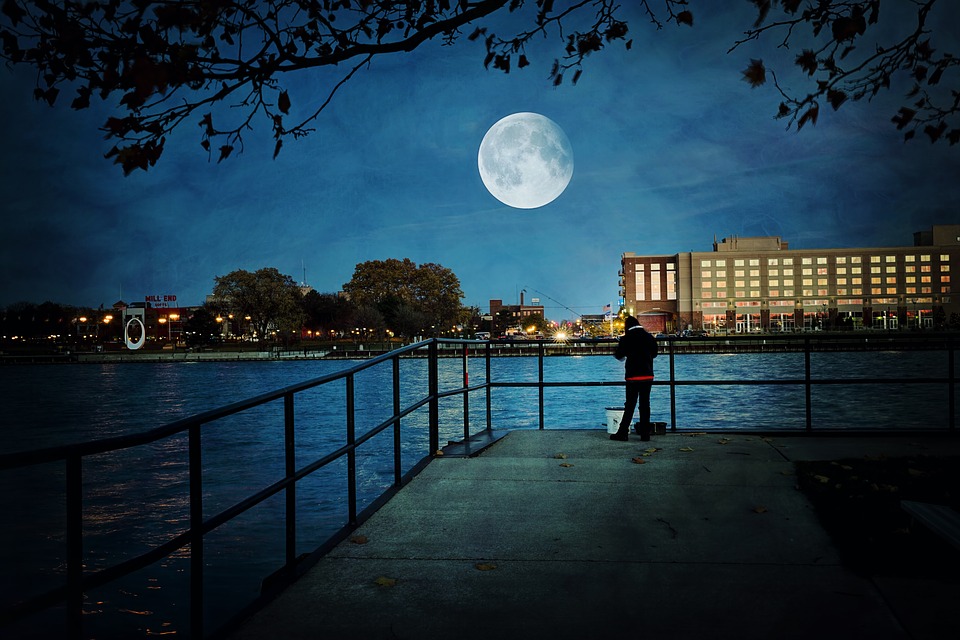
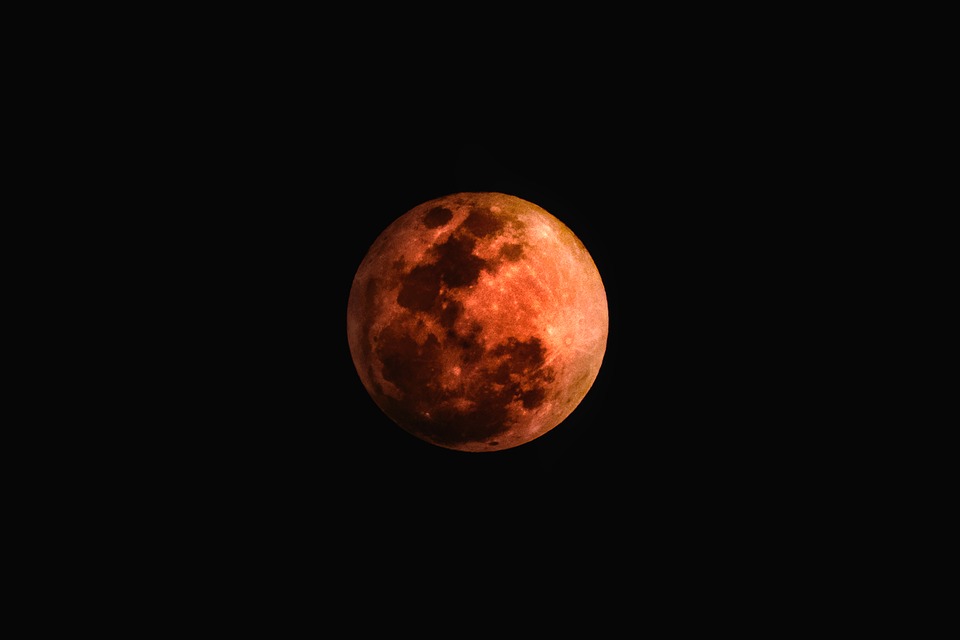
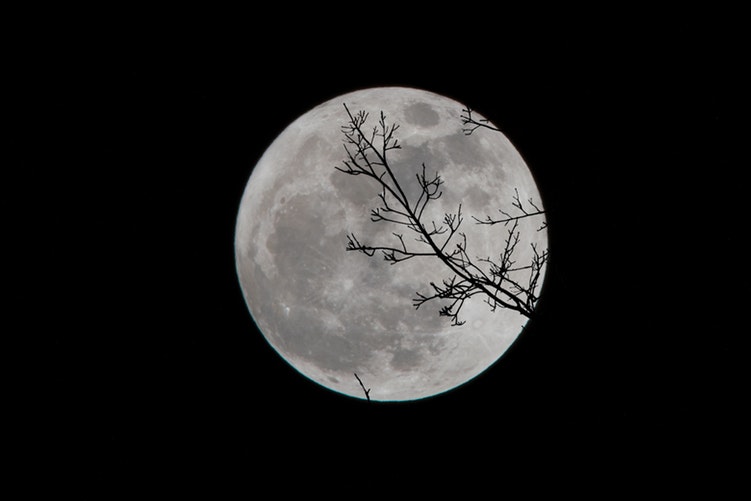
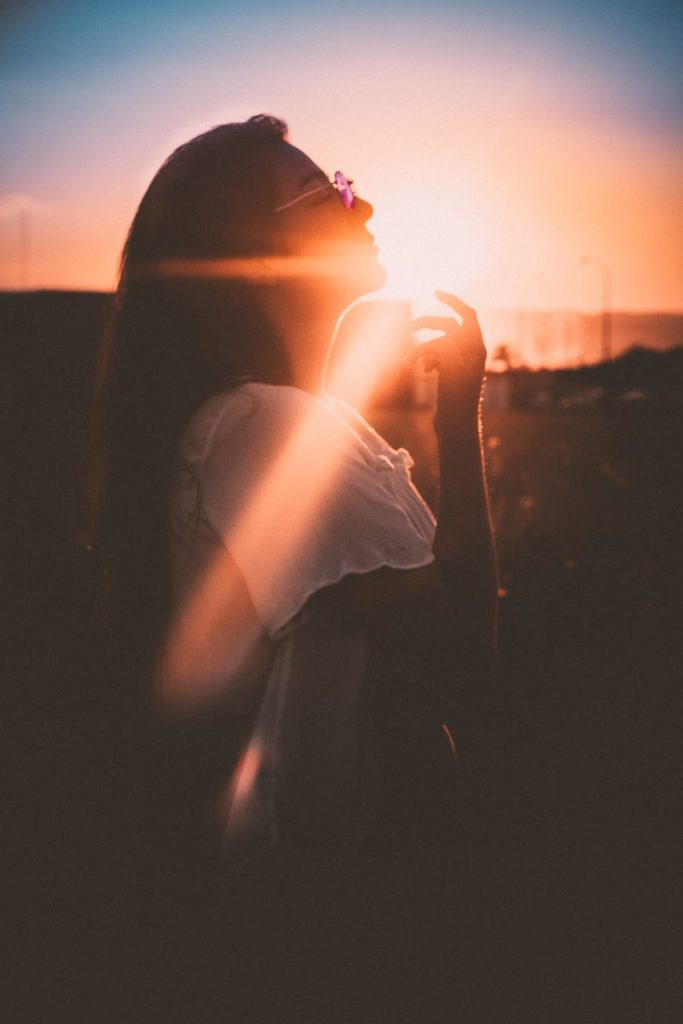
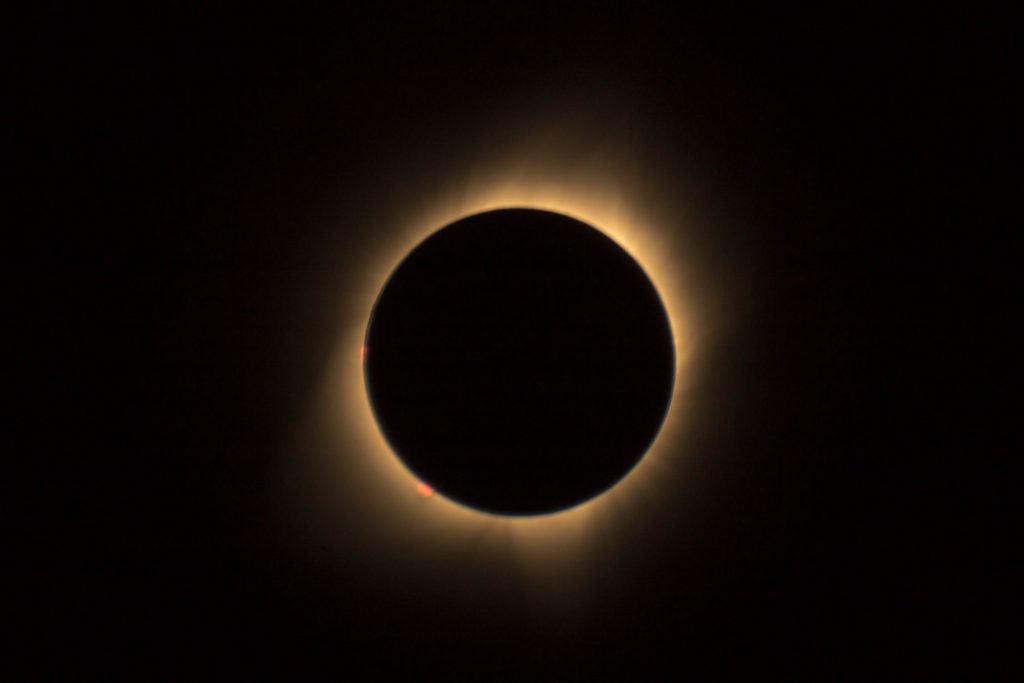
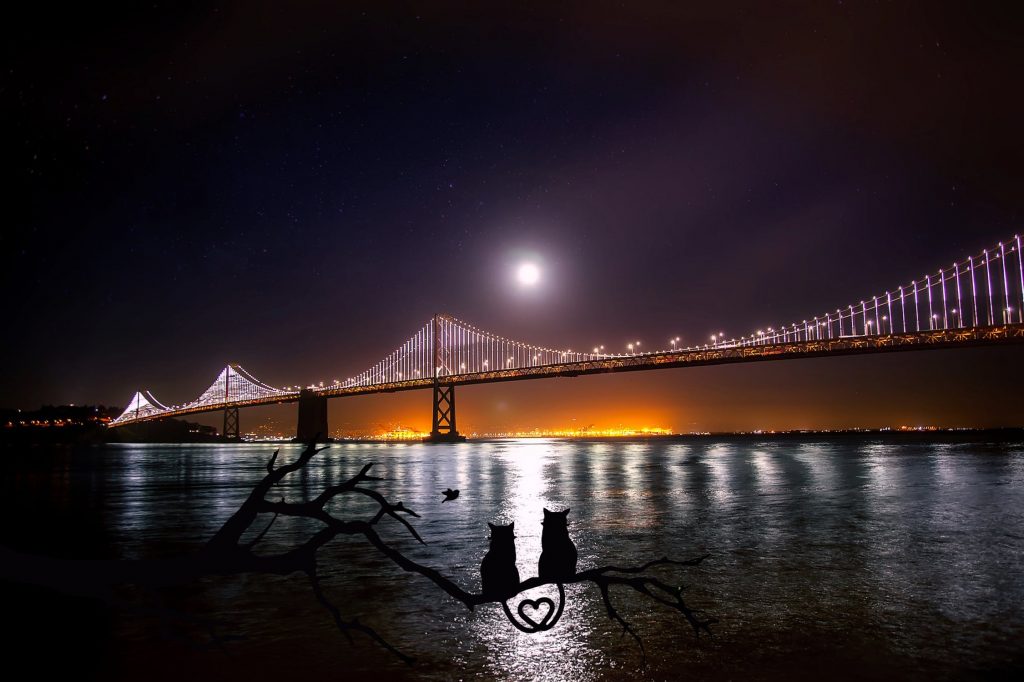
Enjoyed this article – I will be using the space vocab idea for a gap fill exercise in class. I saw the eclipse but only for a moment as it came between the clouds – a bit of an anti-climax!
Hi Elli, I’m glad you found the vocabulary useful for a gap fill. Yes, it was too cloudy to see it properly here, annoyingly!